Philadelphia, Pennsylvania —(Map)
Scientists have created the first gene-editing medicine made for a single patient. The patient – a young baby who was sick because of a problem with his DNA – is now greatly improved, and is expected to go home soon.
Soon after he was born, doctors knew that KJ Muldoon was struggling. Test showed that KJ’s DNA had a mistake which made it hard for his body to get rid of a dangerous chemical called ammonia. Too much ammonia can damage the brain and other organs. Roughly half of the children born with this problem die while they’re still babies.
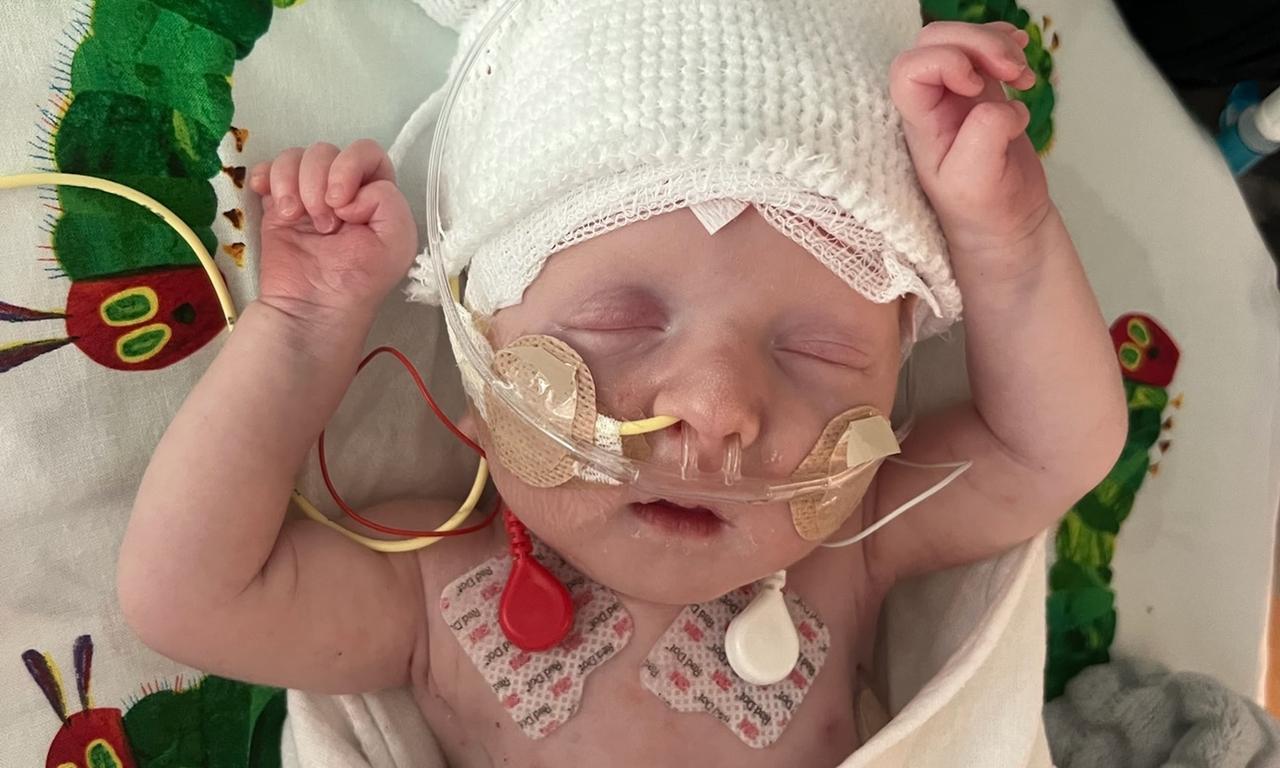
(Source: CHOP.)
When the human body digests proteins, it creates ammonia. In a healthy person, the liver helps get rid of this ammonia. But because of the problem with his genes, KJ’s liver couldn’t get rid of ammonia.
KJ was too young and small for a liver transplant, and waiting for a transplant would have been very dangerous. Doctors at Children’s Hospital of Philadelphia (CHOP) asked KJ’s parents if they wanted to try a brand new method – a special medicine made just for KJ. His parent said yes.
Editing DNA
DNA is a collection of information and instructions stored in a tiny chemical form. DNA tells cells, the building blocks of a body, what to do. Every living thing has DNA that causes it to grow in a certain way.
Small bits of DNA, called “genes”, help control different parts of how a living thing grows. For example, some genes might control eye color. Some genes work by themselves, others work together. Some may help control more than one thing.
In recent years, scientists have made great progress in their ability to “edit” DNA. CRISPR is a tool that allows scientists to cut out or change a piece of DNA. Editing DNA is tricky and complicated.
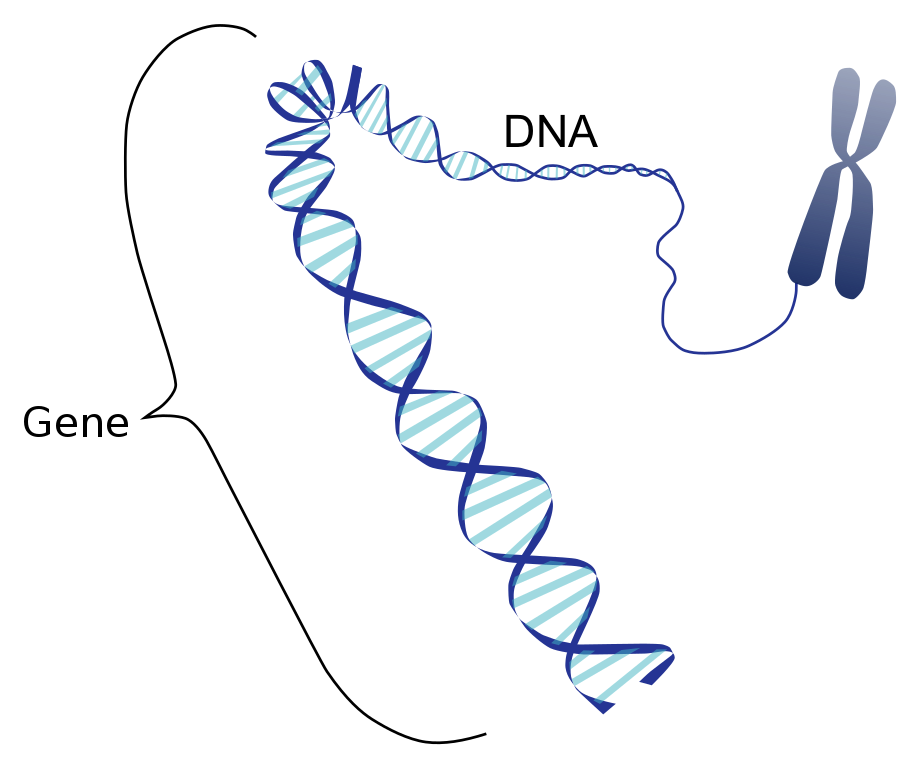
(Source: Smedlib, from Wikimedia Commons.)
Scientists at Penn Medicine had been working on the idea of creating medicines to fix the genes of a single patient. Now they had a chance to really try it. But the pressure was on, since there wasn’t much time to help KJ.
The researchers studied KJ’s DNA. The problem was like fixing one misspelled letter in a word that’s three billion letters long. With the help of lots of scientists pitching in and working long hours, soon they had developed a CRISPR tool for editing KJ’s DNA.
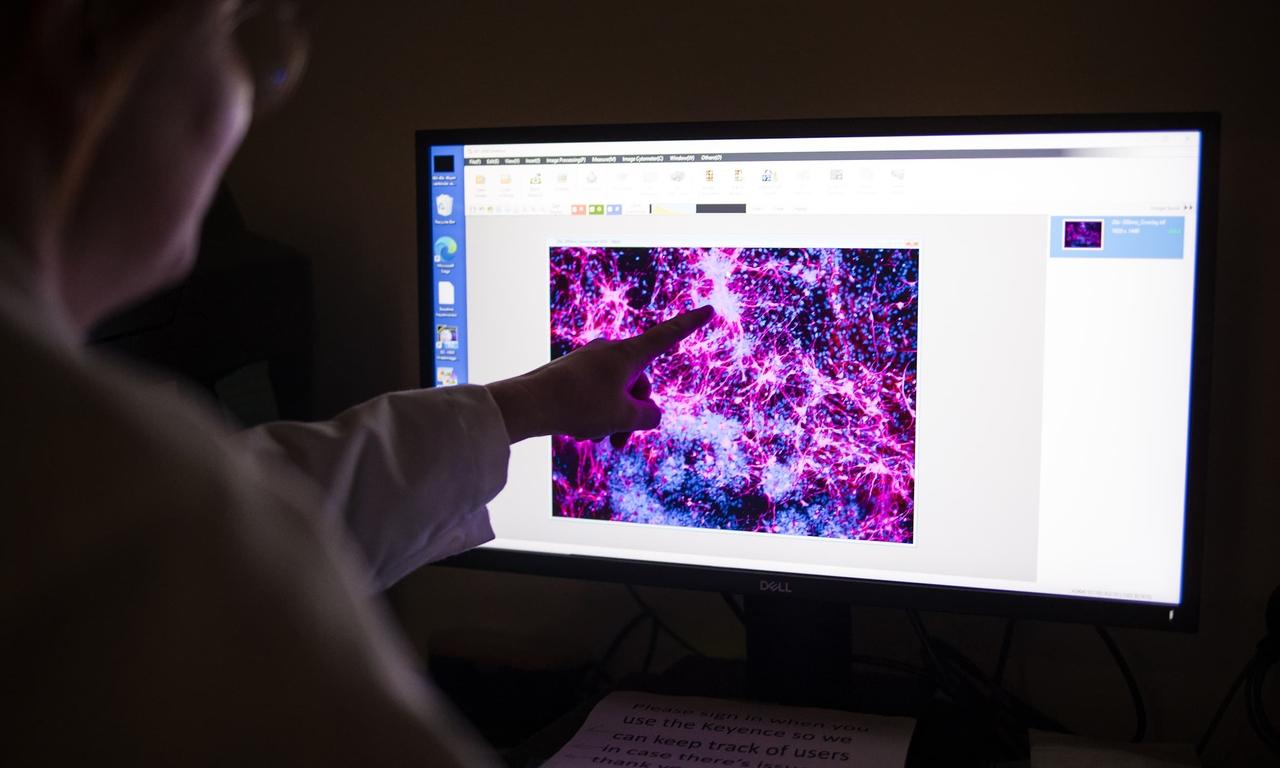
(Source: CHOP.)
Next, they tested the new medicine on mice and monkeys. The results were positive – the new treatment helped the animals and appeared safe. After just six months, the new medicine was approved by the FDA.
During this time, KJ had been getting medicine and special treatment to help lower his ammonia levels. KJ was six months old when he got the first small dose of the new medicine, which was designed to reach his liver and make one tiny change to his DNA.
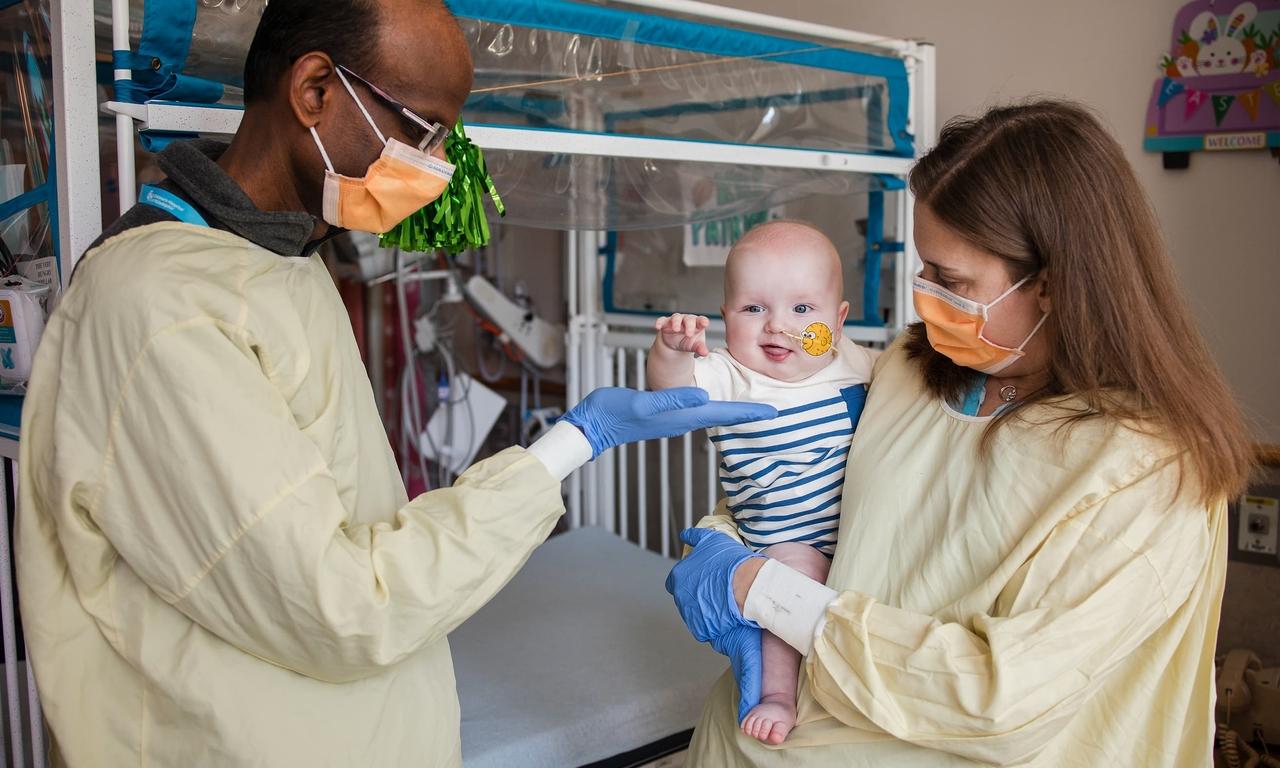
(Source: CHOP.)
Soon after the first treatment, KJ was able to eat protein without raising his body’s levels of ammonia. The positive results led his doctors to give KJ two more doses. KJ has gained weight and is now much healthier. Soon, the hospital expects him to go home for the first time in his life.
KJ isn’t completely cured. He may need to keep taking medicine, and one day he may need a liver transplant. But he is in far better shape now than when he was born.
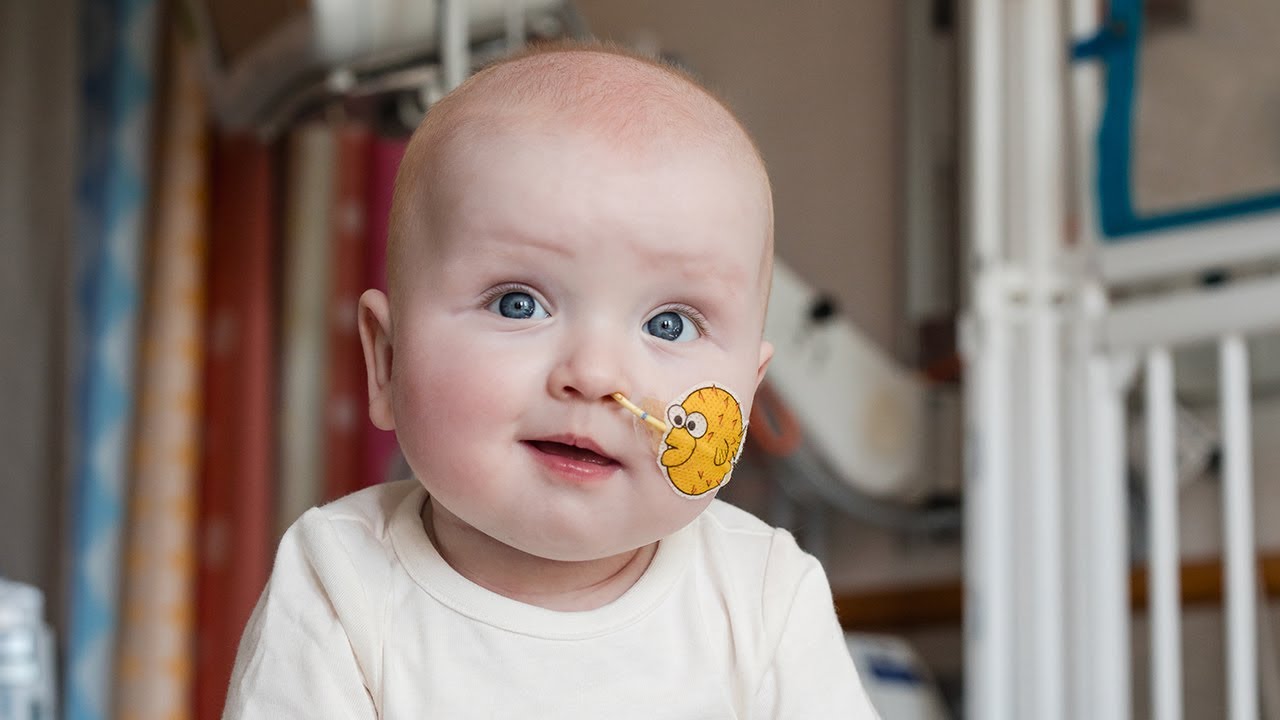
(Source: CHOP.)
Scientists and doctors are extremely excited about the results. In just six months, the researchers and the companies they worked with were able to create a special DNA-editing medicine for a single patient. In the past, that work would have taken 10 years or longer. The project isn’t only a success for KJ. It also brings hope to millions of other people who have conditions that might be treated by similar methods.
Did You Know…?
The treatment for KJ was made possible by decades of research paid for by the US government. Fyodor Urnov, one of the scientists involved, said, “I don’t think this could have happened in any country other than the US.” Several of the companies involved helped out for free.
😕
This map has not been loaded because of your cookie choices. To view the content, you can accept 'Non-necessary' cookies.
